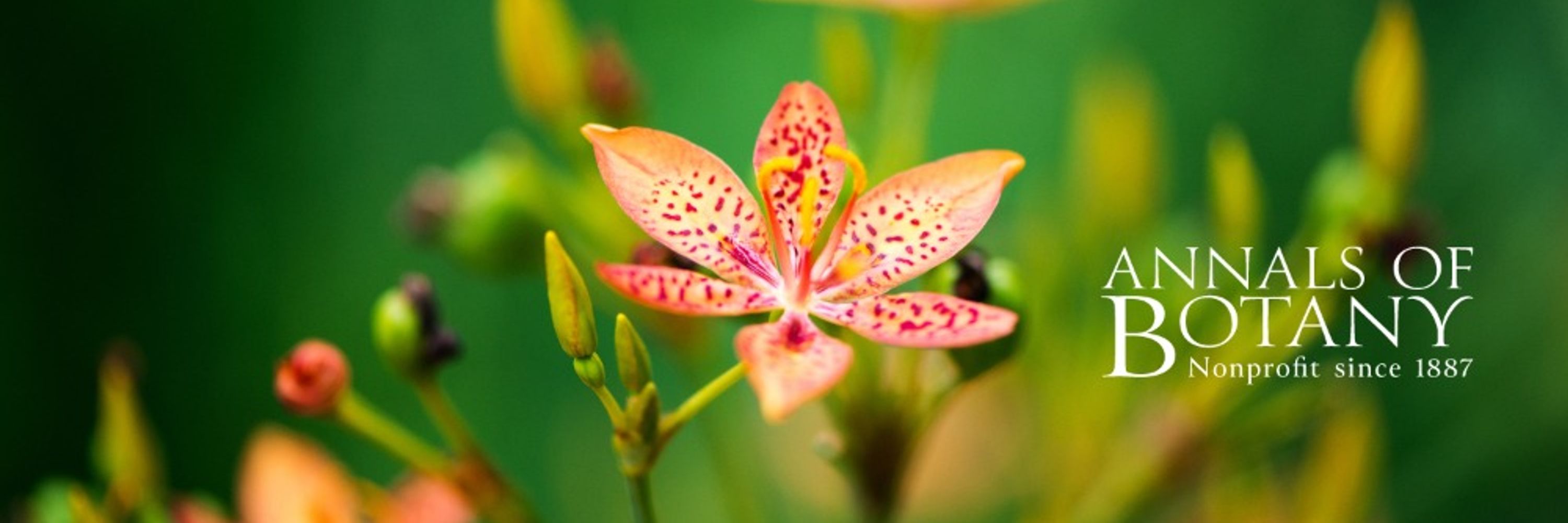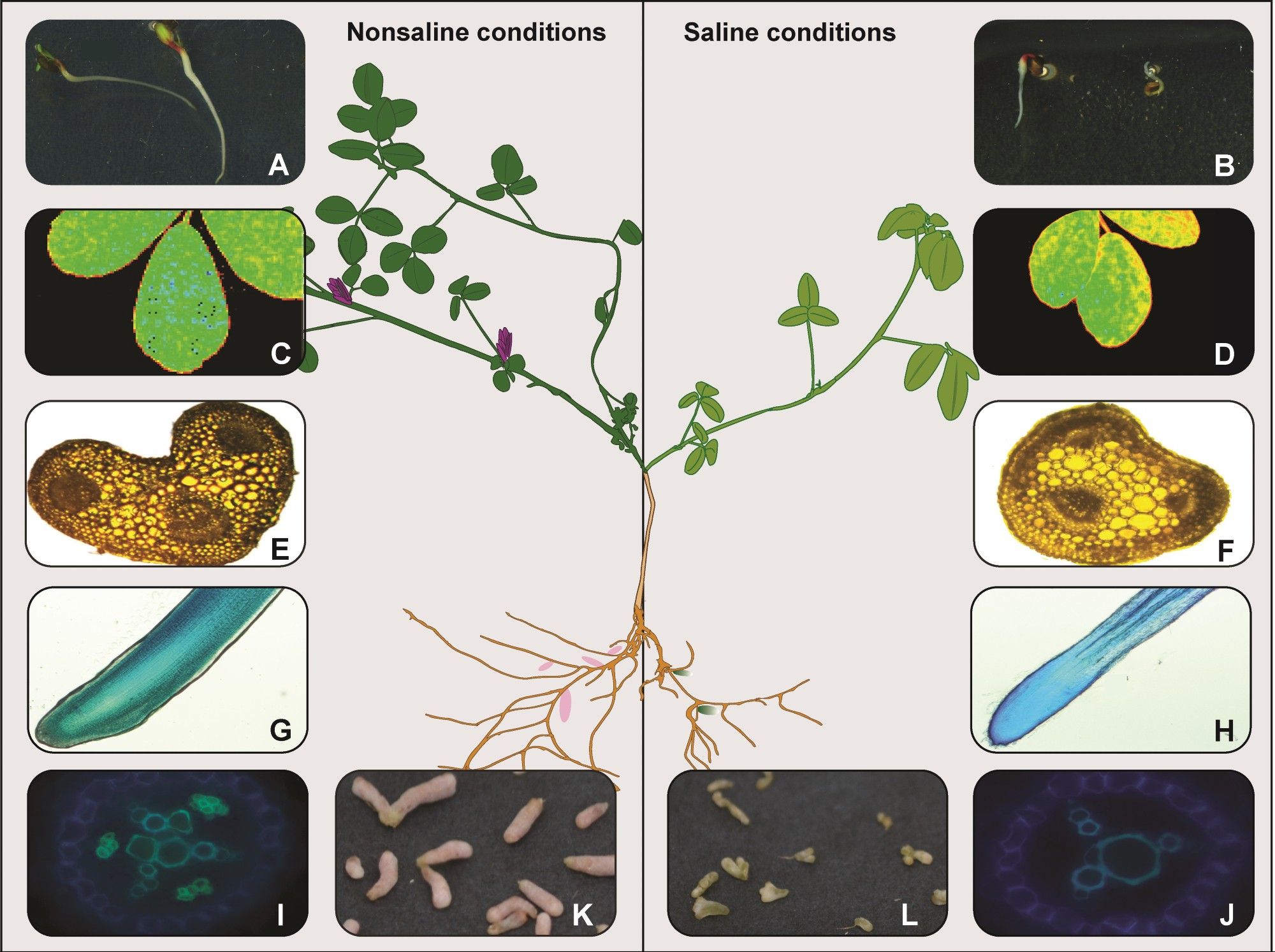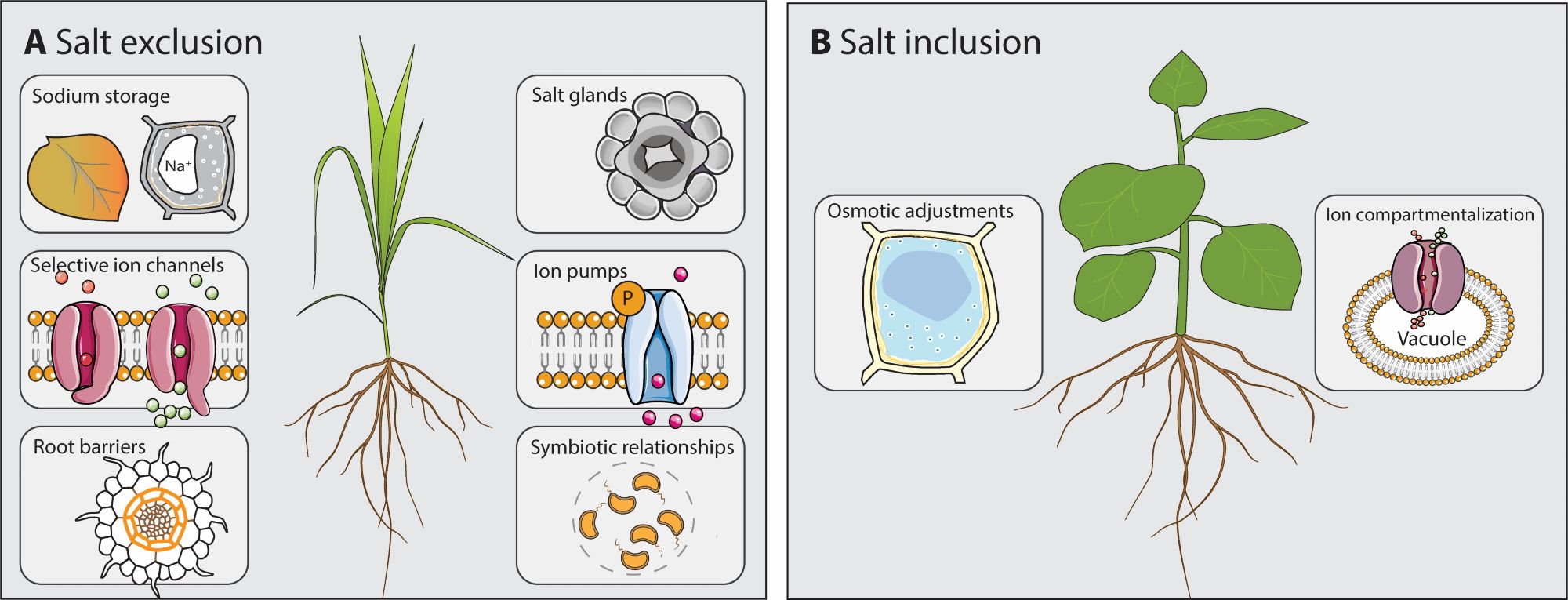
AO
Annals of Botany
@annbot.bsky.social
Bluesky feed for Annals of Botany articles.
306 followers14 following694 posts
🧪 Salinity impacts plants by causing osmotic stress, ion toxicity, and secondary stress. Alfalfa’s complex genome and out-crossing nature complicate genetic studies, but it also offers a wide range of adaptive strategies. (4/7)

🌿 Alfalfa adapts by changing its root system, regulating hormones to maintain ion balance, and using specialized metabolite profiles. This resilience allows it to manage salt stress while maintaining crucial rhizobia associations. (5/7)


AO
Annals of Botany
@annbot.bsky.social
Bluesky feed for Annals of Botany articles.
306 followers14 following694 posts